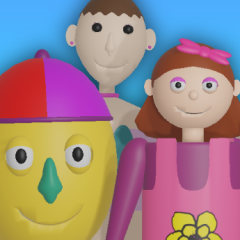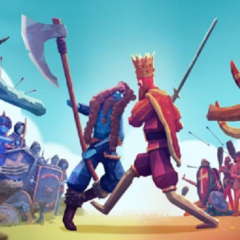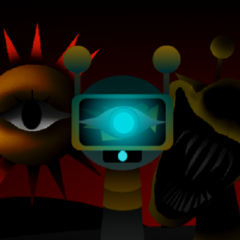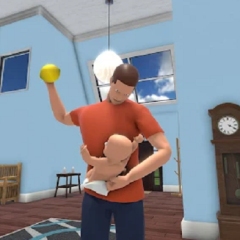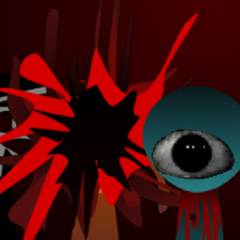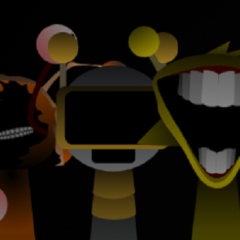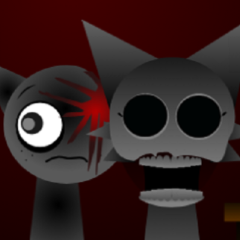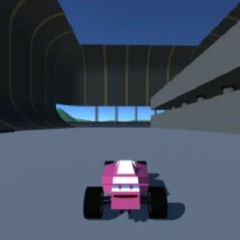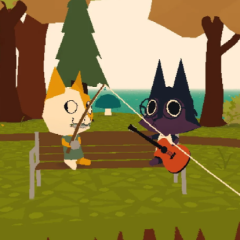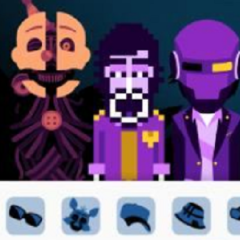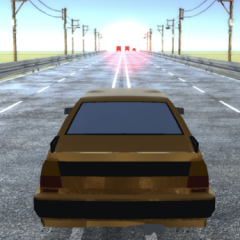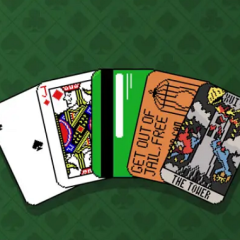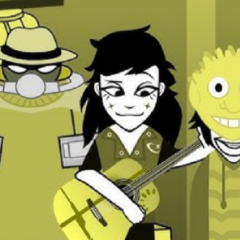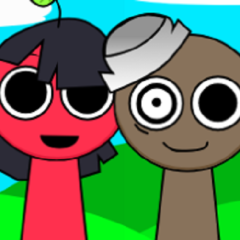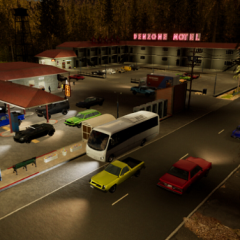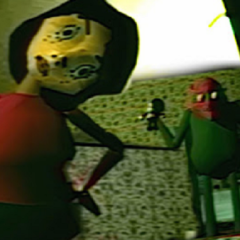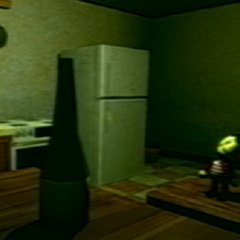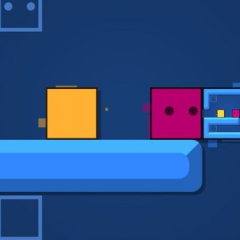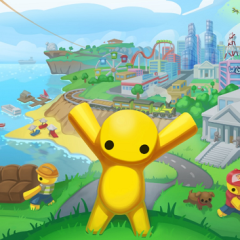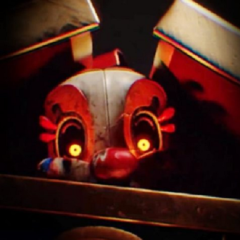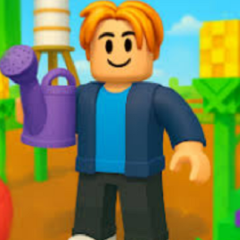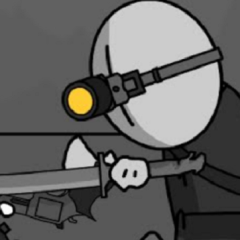Julian And Friends is an interactive game that combines psychological storytelling with point-and-click mechanics. The player joins Julian on a mission to organize a special event for someone important, navigating a series of unexpected and surreal tasks. The experience follows a branching narrative path that changes depending on specific input from the player. Each choice may influence characters’ behavior and unlock alternate outcomes. With both light-hearted and unsettling moments, the structure balances interactive dialogue and guided cutscenes.
Narrative Design and Character Progression
The story unfolds in a town filled with memorable characters, each with unique personalities and goals. Players travel through multiple environments, completing tasks to gain trust or assistance from other characters. Julian’s objective appears simple at first, but layers of complexity are added as the narrative continues. Different elements, including tone and pacing, can shift dramatically depending on early player input. Codes entered at the beginning introduce variations that subtly or radically change how the story unfolds.
Game Structure and Functional Elements
Julian And Friends plays more like a storybook than a traditional game, with progression driven primarily through scripted interactions. Minigames and puzzles appear between segments to maintain engagement and offer variety.
Core gameplay elements include:
· Branching storylines influenced by code input
· Dialogue-driven sequences with interactive scenes
· Collectible items that trigger optional events
· Light puzzle-solving tasks in different zones
· Unlockable endings based on cumulative choices
Optional Paths and Replay System
Once players reach an ending, they are encouraged to re-enter using different codes to explore alternate story routes. Some codes unlock helpful shortcuts, while others introduce corrupted or unexpected content. The presence of hidden achievements and rare interactions gives value to multiple playthroughs. Not all content is visible on a single run, which adds depth to exploration. While some routes seem cheerful or harmless, others contain darker undertones that affect how players view earlier scenes in hindsight.
Julian And Friends is built with a layered approach to storytelling, inviting players to discover what lies beneath the surface of its friendly characters and playful world. The game design supports experimentation, curiosity, and a willingness to replay in order to unlock new scenes. Though presented with colorful visuals and familiar mechanics, the tone can shift in ways that challenge the player’s interpretation of events, encouraging careful attention throughout the experience.

